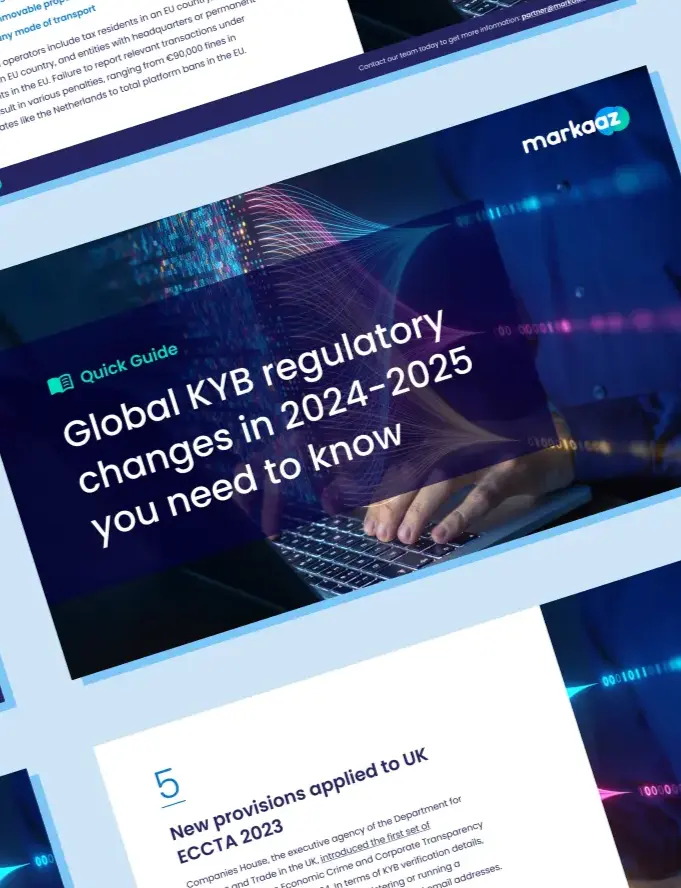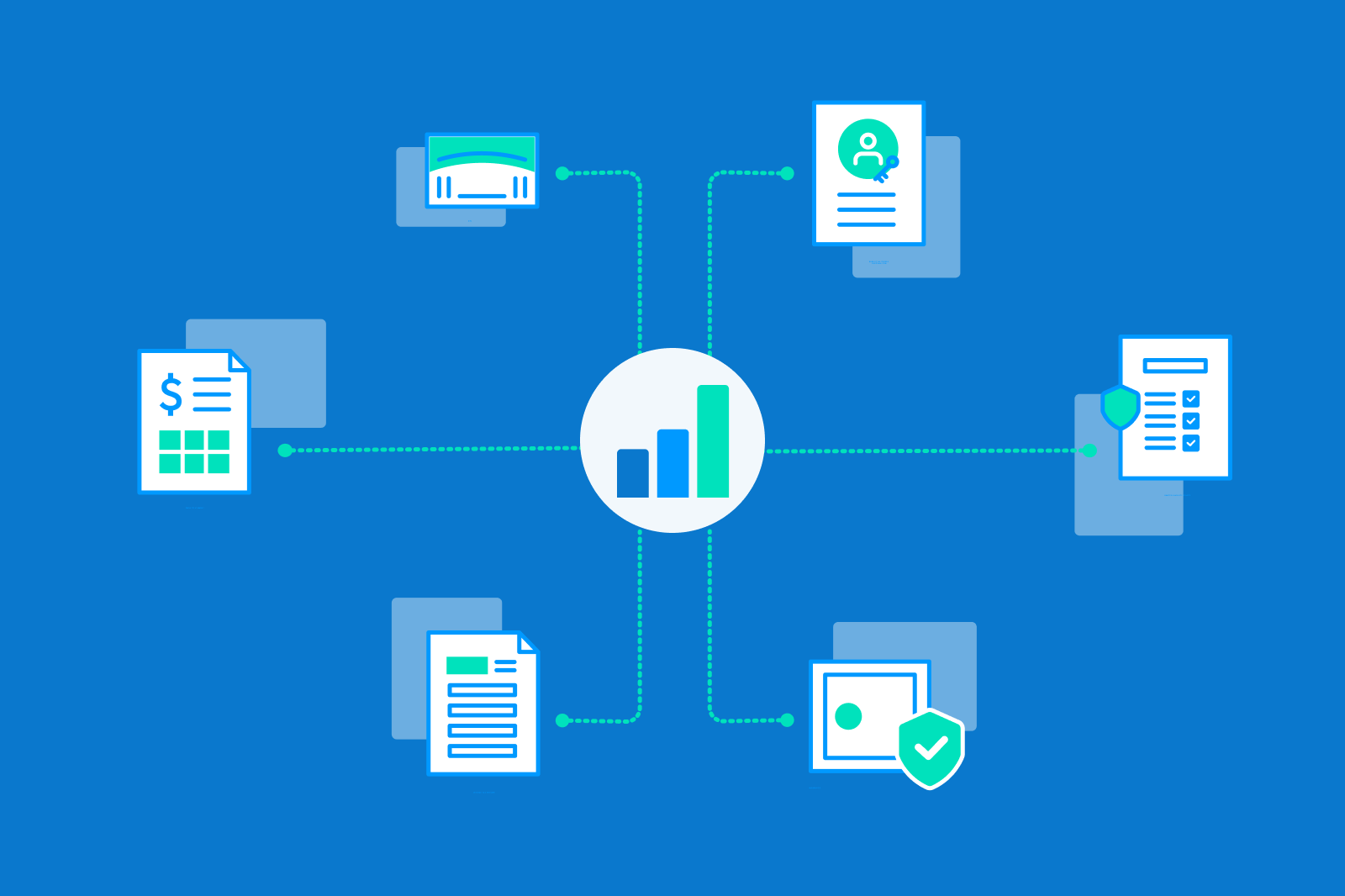Kimberly Sweeney, SVP of Marketing at Markaaz gives you her tips to build better marketing for your small business
Research your audience – including decision-makers and decision influencers
When approaching any marketing effort, I always start with three basic questions:
- Who is our audience (target)
- What impact do we want to have? (goals)
- How will we measure our impact (ROI)
Though basic, it’s a fundamentally important point of clarity before beginning any marketing effort – be it brand strategy, paid campaigns, or organic content. It’s also crucial to align on these questions when working with other departments or company leaders to make sure your campaigns deliver the results people expect.
In the above list, the audience comes first for a reason. The success of your marketing is tied to how well you understand your audience’s pain points and how effectively you present why your product can resolve them better than anyone else.
To do this, you must have deep knowledge and clarity about your audience. You can start with the fundamentals, such as demographics, psychographics, behavioral, and geographic, but consider segmenting your audience into sub-groups if they have/are:
- Affected differently by the problem
- Different world views
- Harder to reach
- Influenced differently to buy
- Impacted differently by emerging trends
Segmentation ensures that you don’t take a blank approach when trying to engage your audience and miss critical differences that will impact your entire marketing mix.
It is also important to map out the spheres of influence for your customers and consider the buying committee and the network of influence. Understanding that the ultimate buyer will decide based on the recommendations or influence of the direct people around them will ensure that your marketing and messaging are tailored appropriately to more effectively drives sales.
Your audience research and segmentation can be informed and validated by a range of tools, partners, and services:
- Qualitative interviews
- Focus groups
- Customer surveys
- Market research
If you don’t have a big budget for market research, that’s ok. The key is to validate your assumptions – do not assume you know your audience. And never stop connecting with them as your company grows.
Tailor your messaging – one size doesn’t fit all
Once you clearly grasp your audience, you can personalize your message to unique pain points or needs. There is no one size fits all in marketing messaging – a blanket approach means you’re relevant to some, not all.
To capture as many of your target audiences as possible, review your audience segmentation and match messaging to user behavior, industry issues, channels, and more. Think about how, when, and where your audience will be reading your message – if it’s during a morning commute, an informative article, or when speeding through a social media feed, your message needs to capture their attention and resonate at that moment for that person.
Sell without selling – focus on solving customer problems
The most effective marketing is when it doesn’t feel like marketing. It is now common marketing wisdom that people are looking for solutions to their problems and aspirations, not to simply buy a product. However, it is a north star that even good marketers (and salespeople!) must be reminded of.
This simple statement should govern your entire marketing approach. Put your audience’s pain points and problems at the forefront of how you talk about the product, describe what it does, and then how you go to market. By translating this approach to every communication and marketing message (from emails, website, social media, thought leadership, sales collateral, etc.), people will respond far more positively, and you’ll have a better chance of building positive brand associations and influencing purchases.
Tell a story – capture attention and make your important points leave an impression
A great way to sell without selling is to tell a story.
Storytelling builds relationships with your audience by combining product features with a narrative. It elicits an emotional response while sharing what your product can do for them.
This is marketing that sticks.
When telling a story, put yourself in your audience’s position (pick a segment!). What do they care about? What will make a change in their life? What’s relatable about what you’re offering and the impact it will directly have for them? If you can tell this story, it will have a much more powerful impact.
(Remember – the best storytelling has simple messaging and clarity.)
Pick the right channels – know where your audience is and focus your reach there
It’s not enough to build something great – if you aren’t making it visible where your audience can see it and engage, you won’t move the needle.
You can only grow an audience by going to other channels. If you aren’t where your audience is and investing in ways to break through the noise, you won’t gain traction with your audience.
When picking channels, your audience research will be key. Part of your audience analysis should be where they consume content or are exposed to advertising. You should also ask yourself what the right time to reach them is and with what message. Every channel has a different purpose in marketing. You need a mix that helps build recognition (when they are too busy or unable to engage), engages, and converts. Knowing your audience and goals will help you pick the right events, places, platforms, and partners to build recognition, drive engagement, deepen their consideration, and convert customers.
On the other side, make sure your brand channels are set up to capture the audiences you drive to them. Messaging and branding need consistency, and the content that greats them needs to match what they’ve consumed off your channels. This is part of the complete user journey and helps build trust and a positive relationship.
Keep the content coming – it takes multiple messages across multiple channels to drive an action
It takes multiple messages and multiple different styles of content to reach your audience. You need different formats, and different styles for each stage in the funnel, and you need to keep the content coming. You can’t assume that anyone has stopped their scroll because you’ve been sharing content.
Plan a steady cadence of content focusing on reaching each major audience and driving them down the funnel (awareness, consideration, conversion, loyalty, advocacy). This pace will help ensure that each piece of content has the best chance of engaging your audience and there’s enough frequency to keep you top-of-mind.
If you’re hard up to produce content, see where you can partner with other like-minded business partners. It divides the labor and helps you tap into their network for added visibility from an engaged audience.
Set the right timelines – from growth goals to project planning, know what benchmarks to set
Do not underestimate the time needed to stand up your marketing efforts properly. You should outline enough time in the roadmap to dedicate to developing your strategy, planning the execution, and overseeing the implementation.
If you don’t give yourself enough time to implement a strategy, you will disappoint yourself and your customers.
Take a phased approach if you need immediate traction. Where can you deliver quick wins and build on the effort? This helps with tight budgets and/or the need for speed.
Make sure you have enough budget and staff to execute your vision in the timeline you set. And be realistic. Fast, cheap, and good is a combination that does not exist. Plan accordingly.
Be effective with your budget – from paid media to retention to lead generation, estimate costs or ROI targets well in advance so you invest wisely
When doing paid media, calculate returns ahead of time. There are simple equations you can run to estimate expected leads and costs from marketing campaigns. This will prevent you from wasting money on a channel or tactic where the purchase does not deliver enough revenue over the cost of the lead.
While calculating costs and setting benchmarks for channel ROI is important, you have to factor in essential marketing efforts that are difficult, if not impossible, to quantify accurately. Branding and building awareness can be hard to measure (especially if you have limited measurement resources), but they are critical to your marketing success. When looking at your marketing mix, know which channels you need to invest in to build your brand and which ones you should set measurable goals.
Tip: consider purchasing the right software or subscriptions to services to measure growth – social listening, communications measurement, social measurement, and site analytics. They are worth the cost of the subscription!
Always follow competitors – keep an eye on what others in your space are doing so you aren’t caught off guard
You know you need to stay one step ahead of your competitors, so invest in the tools that will give you visibility and insights into what they are doing so you can be proactive.
- Follow them on social media
- Subscribe to their newsletters
- Research the keywords they are targeting
- Attend their events or webinars
- Read their reviews
- Set up alerts to follow announcements or news
- Subscribe to industry publishers to monitor advertisements
- Follow their partners
A clear idea of what they are doing will ensure you’re moving the right way to stay ahead.
Always be learning – talk to experts or subject matter experts to build expertise or hear new ideas on what you could do differently
You can always learn from other people, even (I’d argue, especially with) years of marketing experience.
Marketing is a vast field that’s constantly changing. It is at the intersection of sales, technology, psychology, security, product, data, and more. You need to understand how marketing is shifting in real-time, and you’ll be a better marketer if you can bring cross-industry knowledge to improve your communications, technology, content, and more.
Sit down with subject matter experts. Their deep expertise in specific marketing subjects will give you fresh ideas, strategy insights, and broader knowledge in specific subjects. You can learn something from everyone, and building these supportive relationships will ensure you’re always a part of rich conversations on where the industry is headed.
If you’re a sole proprietor or wearing the marketing hat for your company (among many others), it is even more important to lean on the experience of others. It’s more common than not that many marketers have been in scrappy roles where they have to do a lot with little, as they’ll be able to offer advice on how to run lean or scale up your marketing efforts. In addition to talking to people, follow marketing leaders on social media or sign up for their newsletters. Many have great advice you can pick up from skimming an email or social feed.






